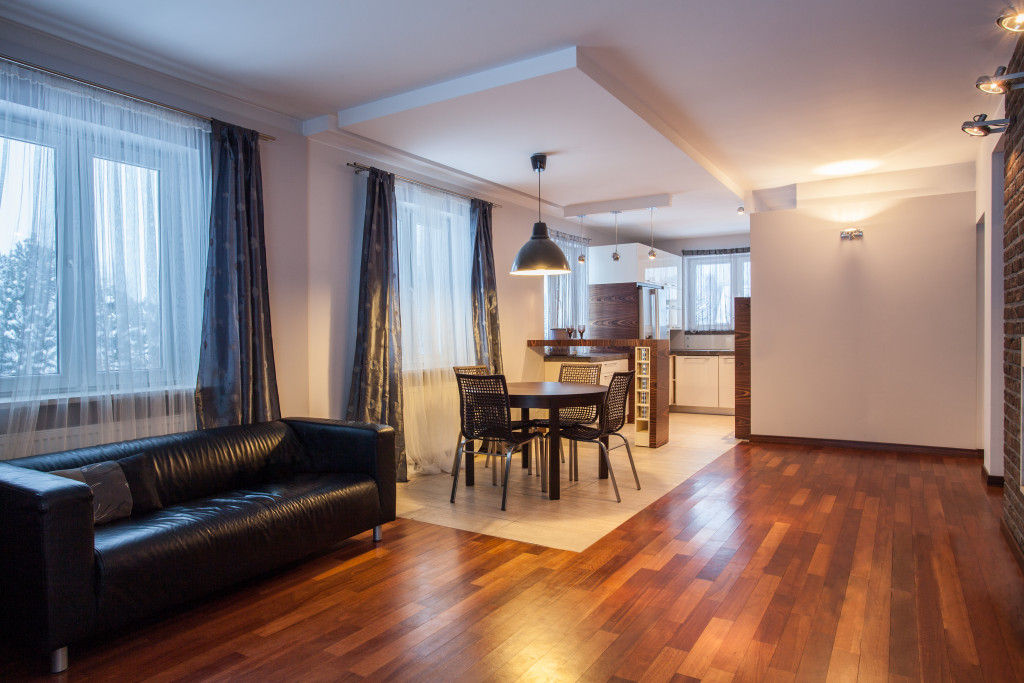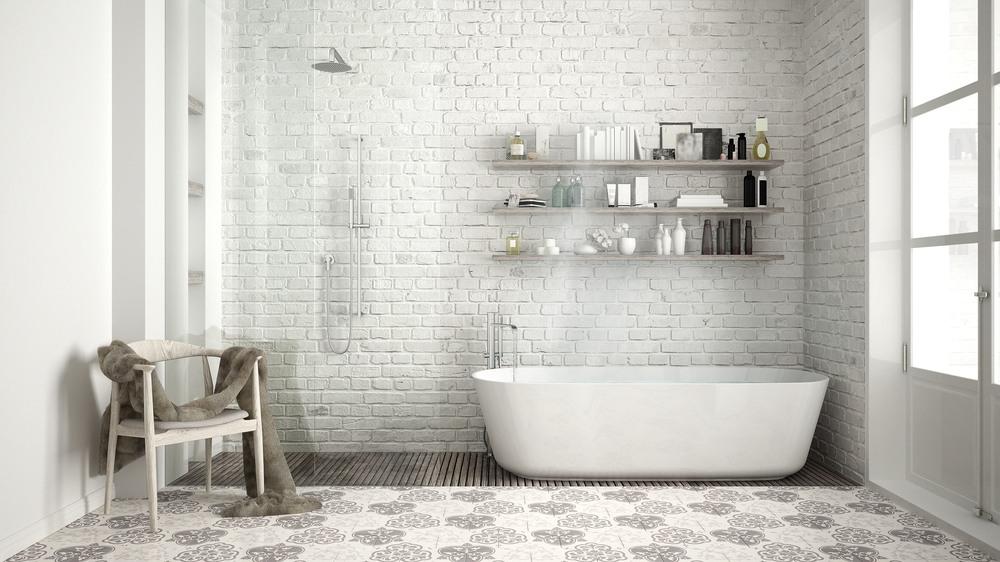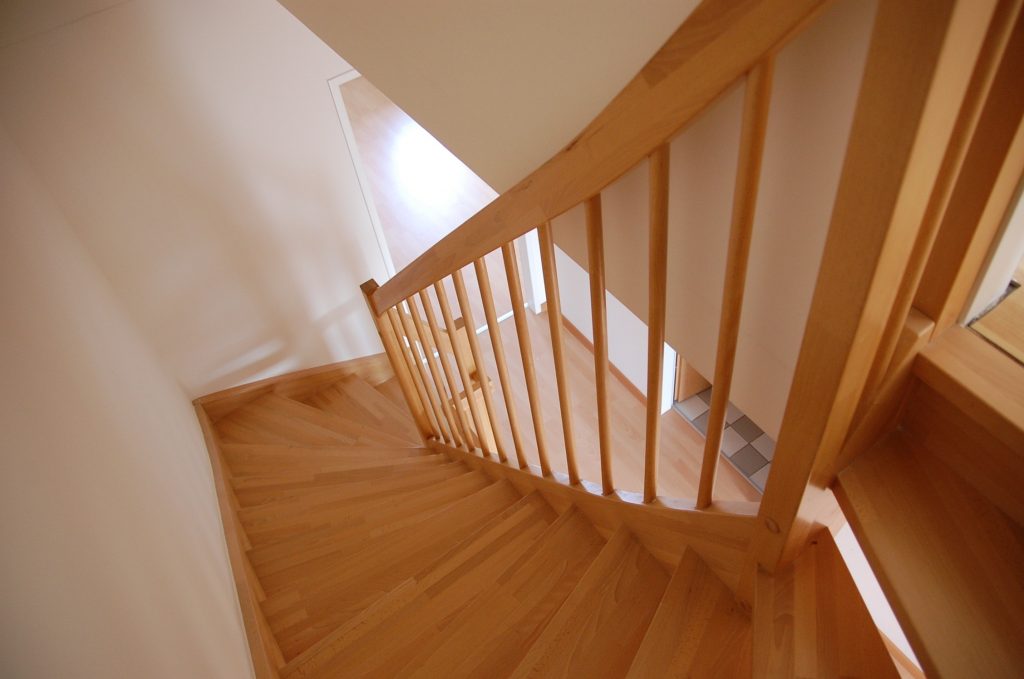For many people, their homes are their sanctuaries. It’s a place where they can relax and feel safe. So it makes sense that your home’s design can significantly impact your mental health. From the colors on the walls to the furniture you choose, your interior can affect your mood in various ways. There are a few different ways that interior design can affect your mental health. Here are some of them.
Color
The color of your walls can have a surprisingly powerful impact on your mental health. Studies have shown that specific colors can help to boost your mood and promote relaxation. For example, blue is often associated with feelings of calm and serenity, making it a good choice for bedrooms and bathrooms. Green is another relaxing color linked to increased creativity and focus. If you want to inject some energy into your home, yellow or orange might be a good choice.
These cheerful colors have been shown to increase levels of happiness and optimism. Of course, everyone reacts to color differently, so choosing something that you personally find inviting and relaxing is essential. With a little trial and error, you can find the perfect color scheme for your home that will leave you feeling refreshed and invigorated.
Lighting
Lighting is another vital factor in interior design. The better your lighting, the better you’ll be able to see what you’re doing. This can help reduce stress and anxiety levels. Natural light is always best as it has the power to boost your mood. If you don’t have natural lighting in your home, now is the time to invest in some quality light fixtures.
For example, investing in the best frameless flat rooflights for your bedroom can help you get a good night’s sleep. It’ll give you a better view of the stars at night too and a wonderful design aesthetic to top it all off.
Furniture
Interior design is important not just for aesthetics but for functionality and mood as well. The wrong furniture can make a room feel cramped and cluttered, while the right furniture can make a room feel open and inviting. For example, a dining room table should be the right size for the space, with enough room to comfortably seat all of your guests. It should also be the right height for diners to reach their plates without strain. In addition, the table should be placed in the center of the room so guests can easily conversate. By considering these factors, you can choose furniture that will help to create a pleasant and inviting dining experience.
Layout
When most people think of interior design, they think of things like color schemes and furniture arrangements. But for those who suffer from mental illness, the layout of a room can be just as important as the décor. A cluttered or cramped space can exacerbate anxiety and depression, while a well-organized room can help to promote a feeling of calm and well-being.
In psychiatric hospitals, for example, rooms are often designed to minimize potential sources of stress, such as sharp corners or exposed pipes. The goal is to create a safe and calming environment, helping patients feel more comfortable and allowing them to focus on their recovery. While the importance of interior layout may not be immediately apparent, it can play a vital role in maintaining mental health.
Space

Apart from the mentioned points above, the amount of space you have in your home can also affect your mental health. If you live in a small apartment, for example, you may find yourself feeling claustrophobic and anxious. On the other hand, if you have too much space, it can make you feel isolated and lonely. The key is to find a happy medium that gives you enough room to move around without feeling overwhelmed.
In addition, it’s essential to ensure that your home is well-organized and free of clutter. A cluttered space can add to feelings of anxiety and stress, so it’s necessary to keep things tidy and organized. By considering these factors, you can create a space that is both comfortable and inviting.
The bottom line
Your mental health is important, and your home can have a significant impact on it. By considering things like color schemes, lighting, furniture arrangements, and space, you can create a space that is both beautiful and functional. With a little bit of effort, you can turn your home into a haven that promotes mental well-being.
Don’t have second thoughts when it comes to your interior design because it could really affect your mental health in a good or bad way. Make sure to consult experts like us to ensure that you’ll achieve the best interior design for your home.




